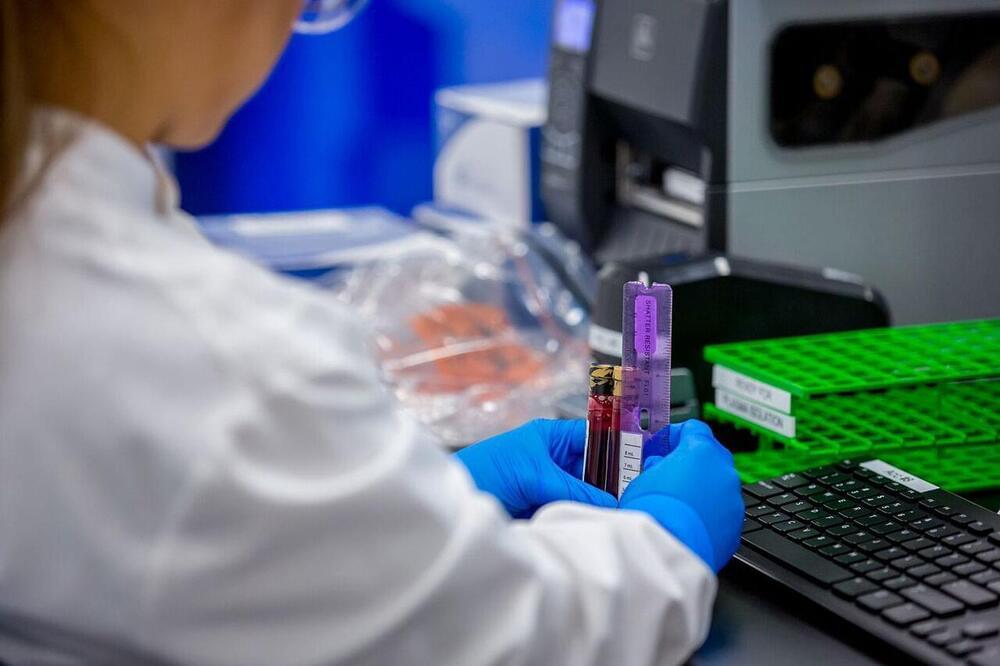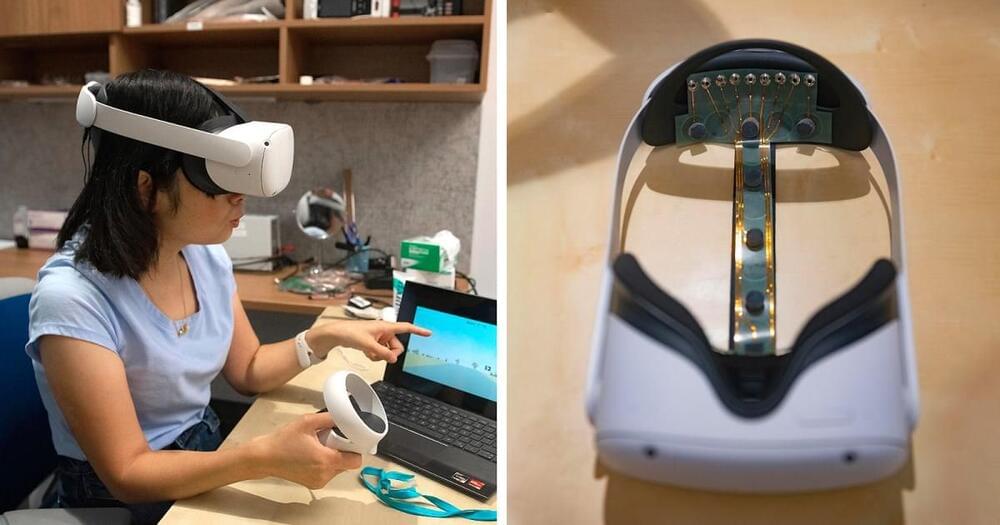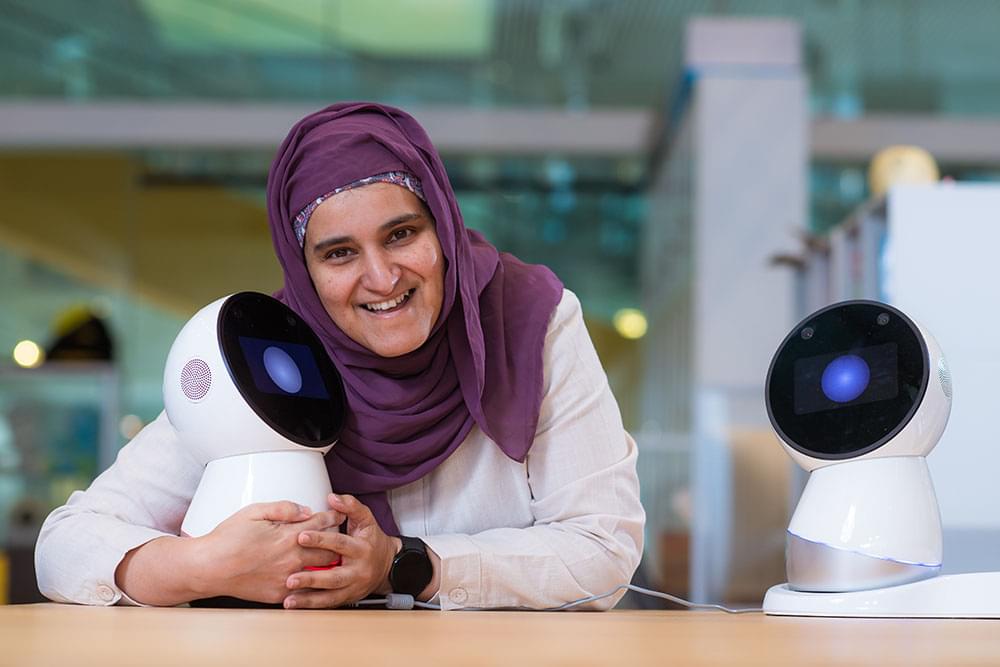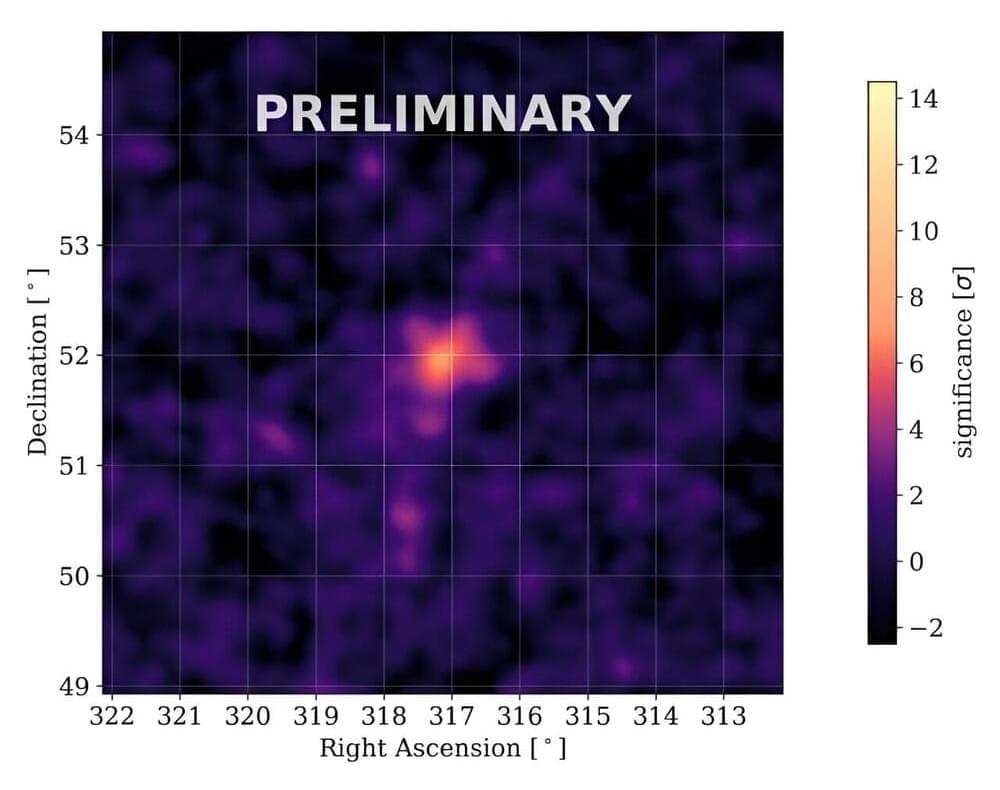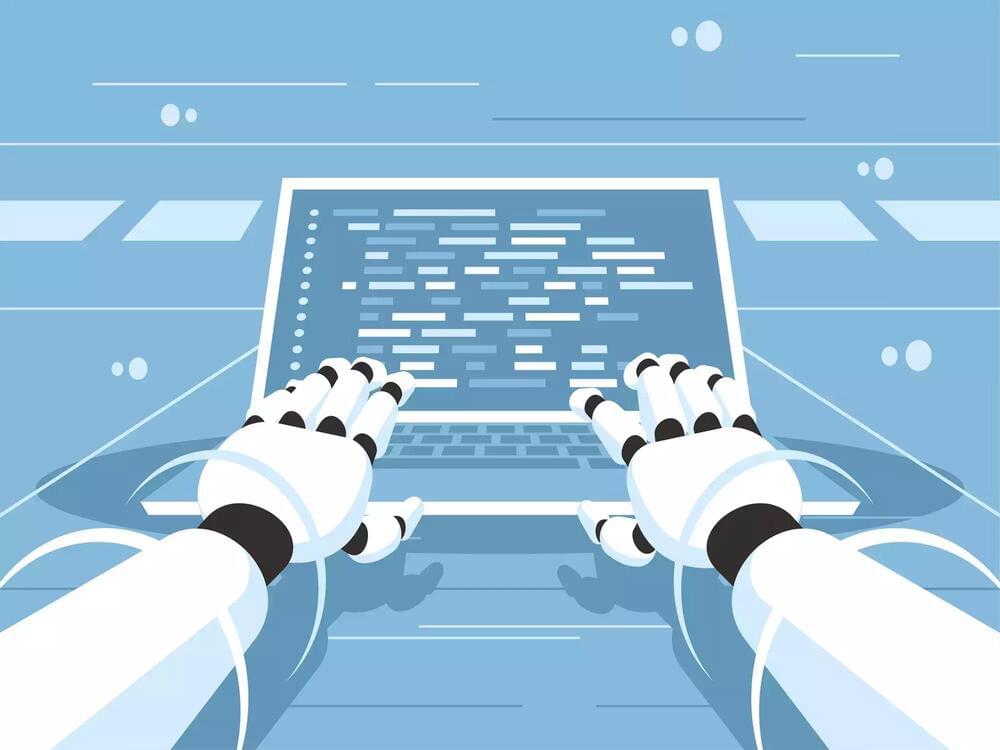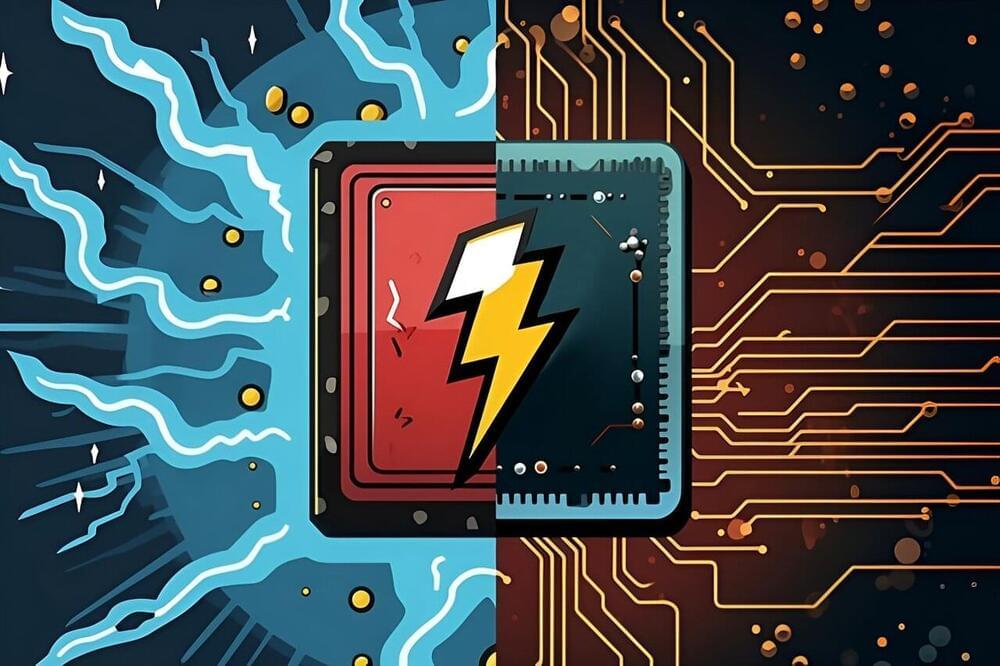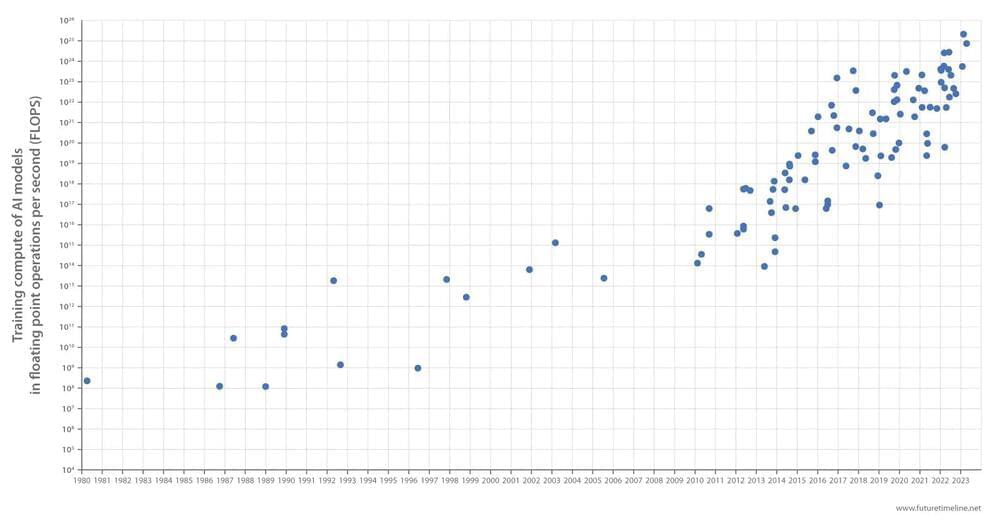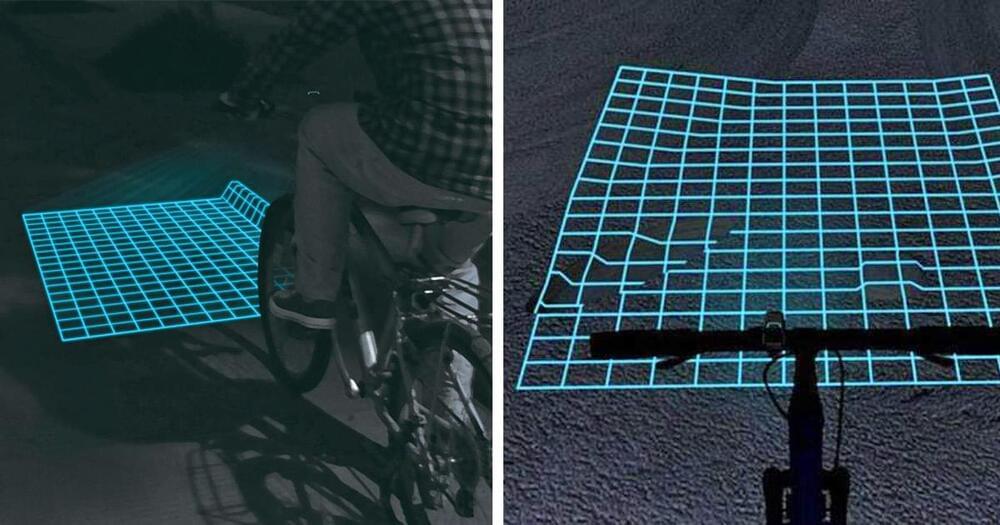
Not everyone uses their bicycle at night, but for those that do, safety is key! You’ve probably already have a bicycle helmet, a bicycle safety light and reflectors, but what about seeing the road/path in front of you. Well, this ingenious invention helps map the terrain changes in front of you while you’re riding. It’s called Lumigrids, and it’s essentially a mini projector that you mount on the front of your bicycle handlebars, and it places a grid of laser lights in front of you, mapping any terrain changes such as bumps, curbs, potholes, and more, to make it easy for you to see and maneuver around them.
The creators of the Lumigrids bicycle grid projection light claims that its an improvement over regular bicycle lights which cast shadows over ridges, bumps, and concaves which make it harder to for the bike rider to react properly to the terrain in front of them. Since the Lumigrids projecting light uses a grid system, it makes it much easier to identify issues with the terrain in front of you whether a spot is concaved, convexed, etc. If lines on the grid don’t line up properly, you’ll know there’s something in front of you.
You can change the settings of the bicycle grid projector to emit a larger or smaller sized grid depending on your needs, including a small grid for single bicycle usage at lower speeds, a higher speed setting for single bicycle usage which emits a larger grid, as well as an extra large grid that measures for use with multiple bikers.
